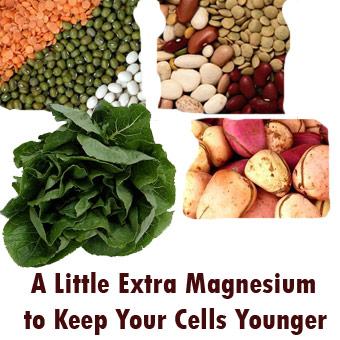| Liver Function Tests a Simple FactSheet from the AIDS Treatment Data Network |
| ||||| What are Liver Function Tests? | ||
| LFTs (liver function tests) are a group of blood tests that can help to show how well a person's liver is working. LFTs include measurements of albumin, various liver enzymes (ALT, AST, GGT and ALP), bilirubin, prothrombin time, cholesterol and total protein. All of these tests can be performed at the same time. | ||
| ||||| Measuring Liver Proteins: | ||
| Total protein testing (also called TP or serum total protein) measures the amount of proteins in the bloodstream. Many different things can cause abnormally high or low protein levels. A doctor may order total protein testing to help diagnose kidney or liver disease, blood cancer, malnutrition or abnormal body swelling. Normal protein levels in the bloodstream range from 6.5 to 8.2 grams per deciliter Two of the main proteins found in the bloodstream are albumin and globulin. Globulins are made by various liver cells and the immune system. They help to fight off infections. Low globulin levels can have many causes other than liver damage. Albumin is a protein made in the liver. If the liver is badly damaged, it can no longer produce albumin. Albumin maintains the amount of blood in the veins and arteries. When albumin levels become very low, fluid can leak out from the blood vessels into nearby tissues, causing swelling in the feet and ankles. Very low levels of albumin may be a sign of liver damage. The normal albumin range is from 3.9 grams/ deciliter to 5.0 grams/deciliter. Prothrombin (also called factor II) is a protein that helps to clot blood. Prothrombin is made in the liver. A prothrombin time test measures how much time it takes for a person's blood to clot. The normal time needed for blood to clot is between 10 and 15 seconds. A person with an abnormally long prothrombin time may be at risk for excessive bleeding. A longer prothrombin time can be caused by serious liver disease or:
| ||
| ||||| Measuring Liver Enzymes: | ||
ALT and AST are enzymes made in the liver. They are also known as transaminases. The liver uses these enzymes to metabolize amino acids and to make proteins. When liver cells are damaged or dying, ALT and AST leak into the bloodstream. Many different things can cause liver enzymes to rise above normal levels, including:
AST (also called aspartate aminotransferase or SGOT) is found in other organs besides the liver. High AST levels in the bloodstream can be a sign of liver trouble. AST testing measures the level of AST in a person's bloodstream at a given time. The normal range for AST levels in the bloodstream are 5 IU/L to 43 IU/L. Like ALT levels, AST levels in people with HCV often vary over time and can't be used to forecast disease progression or specifically measure liver damage. | ||
| ||||| Cholestatic Liver Enzymes: | ||
| GGT and ALP are also called cholestatic liver enzymes. Chloestasis is a term used for partial or full blockage of the bile ducts. Bile ducts bring bile from the liver into the gallbladder and the intestines. Bile is a green fluid produced in liver cells. Bile helps the body to break down fat, process cholesterol and get rid of toxins. If the bile duct is inflamed or damaged, GGT and ALP can get backed up and spill out from the liver into the bloodstream. ALP metabolizes phosphorus and brings energy to the body. GGT brings oxygen to tissues. Causes of elevated ALP and GGT levels include:
| ||
| ||||| Bilirubin: | ||
Bilirubin is a yellow fluid produced in the liver when worn-out red blood cells are broken down. Bilirubin can leak out from the liver into the bloodstream if the liver is damaged. When bilirubin builds up, it can cause jaundice - a yellowing of the eyes and skin, dark urine and light colored feces. The causes of abnormal bilirubin levels include:
| ||
AIDS Treatment Data Network • The Access Project
Last modified: 12/29/2008
Spread the word! Live Life then Give Life!!
Share








